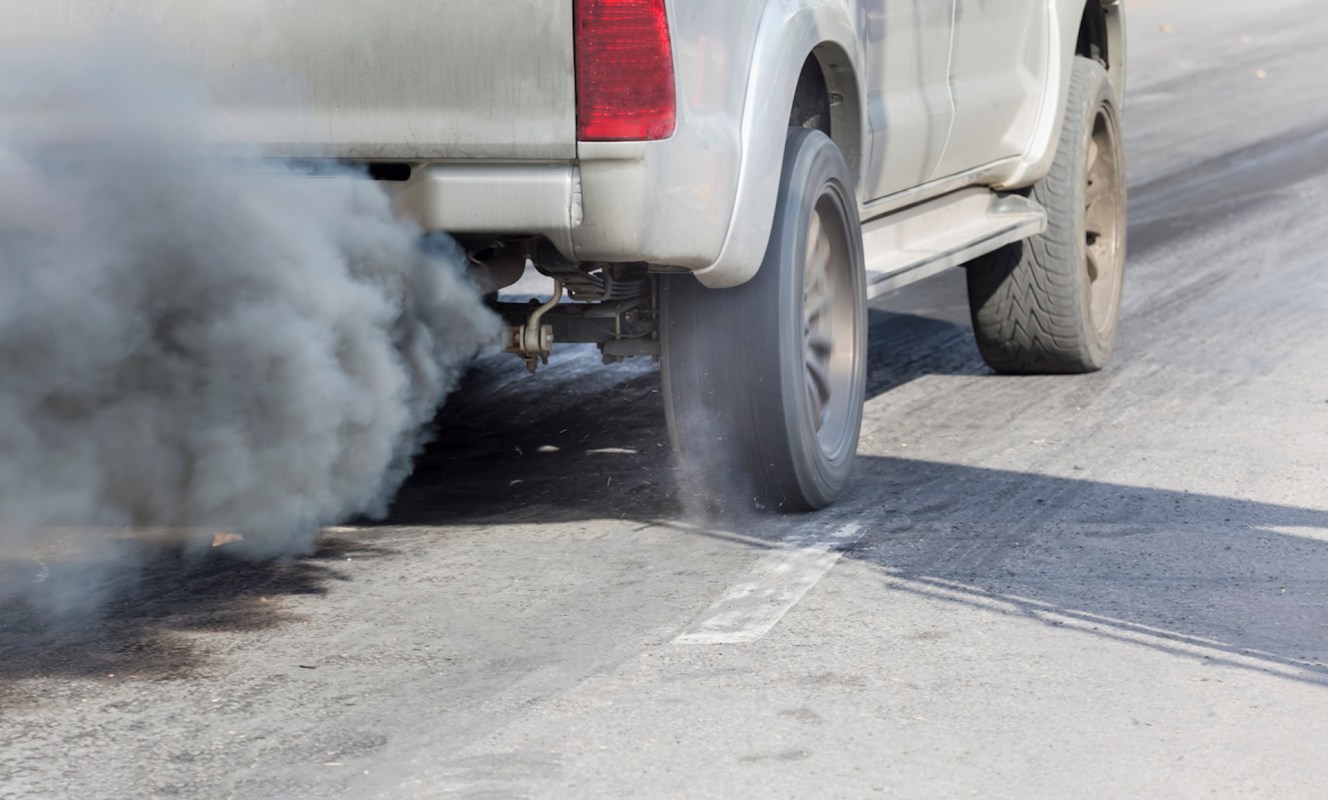An engine manufacturer must pay the second largest environmental penalty in United States history: a whopping $1.6 billion to settle claims that it outfitted hundreds of thousands of trucks with software to defeat pollution controls.
What happened?
The U.S. Justice Department has accused truck engine manufacturer Cummins of sneaking software onto trucks that bypass emissions controls, including pollution sensors, in violation of the Clean Air Act.
According to the Justice Department, Cummins rigged about 1 million Ram pickup trucks to cheat emissions tests so they looked cleaner than they actually are, reported The New York Times. As a result, 630,000 model year 2013-2019 Ram engines and 330,000 model year 2019-2023 Ram engines have secretly been releasing nitrogen oxide, which forms smog.
"Violations of our environmental laws have a tangible impact," Attorney General Merrick Garland said in a statement. "They inflict real harm on people in communities across the country."
To settle these claims, Cummins has agreed to pay $1.6 billion to the state of California.
"The company has seen no evidence that anyone acted in bad faith and does not admit wrongdoing," Cummins External Communications Director Jon Mills told Forbes.
Why is this penalty concerning?
Nitrogen oxide can irritate the human respiratory system, triggering asthma attacks and other breathing problems that can result in hospitalization, according to the Environmental Protection Agency. This pollution also cooks up ozone smog and tropical downpours.
By failing emissions tests, engine manufacturers like Cummins dodge their responsibility to keep our air breathable.
What's being done about nitrogen oxide-emitting engines?
Cummins says it will continue collaborating with investigators to lower the environmental red flag. Its partner company, Stellantis, has initiated the recalls of the rule-breaking Ram models to recalibrate their software.
This historic penalty serves as a wake-up call to the entire automotive industry to take clear climate action.
TCD Picks » Upway Spotlight

What can I do to help?
When investing in a new or used car or truck, check its gas mileage, safety, air pollution, and greenhouse gas estimates at fueleconomy.gov. Choosing an electric vehicle is ideal, but even a hybrid or more efficient gas-guzzler results in less pollution.
Changing the way you get around, like carpooling, biking, and taking public transportation, also curbs air pollution from vehicle exhausts. With cleaner choices, we can all breathe easier.
Join our free newsletter for weekly updates on the coolest innovations improving our lives and saving our planet.














